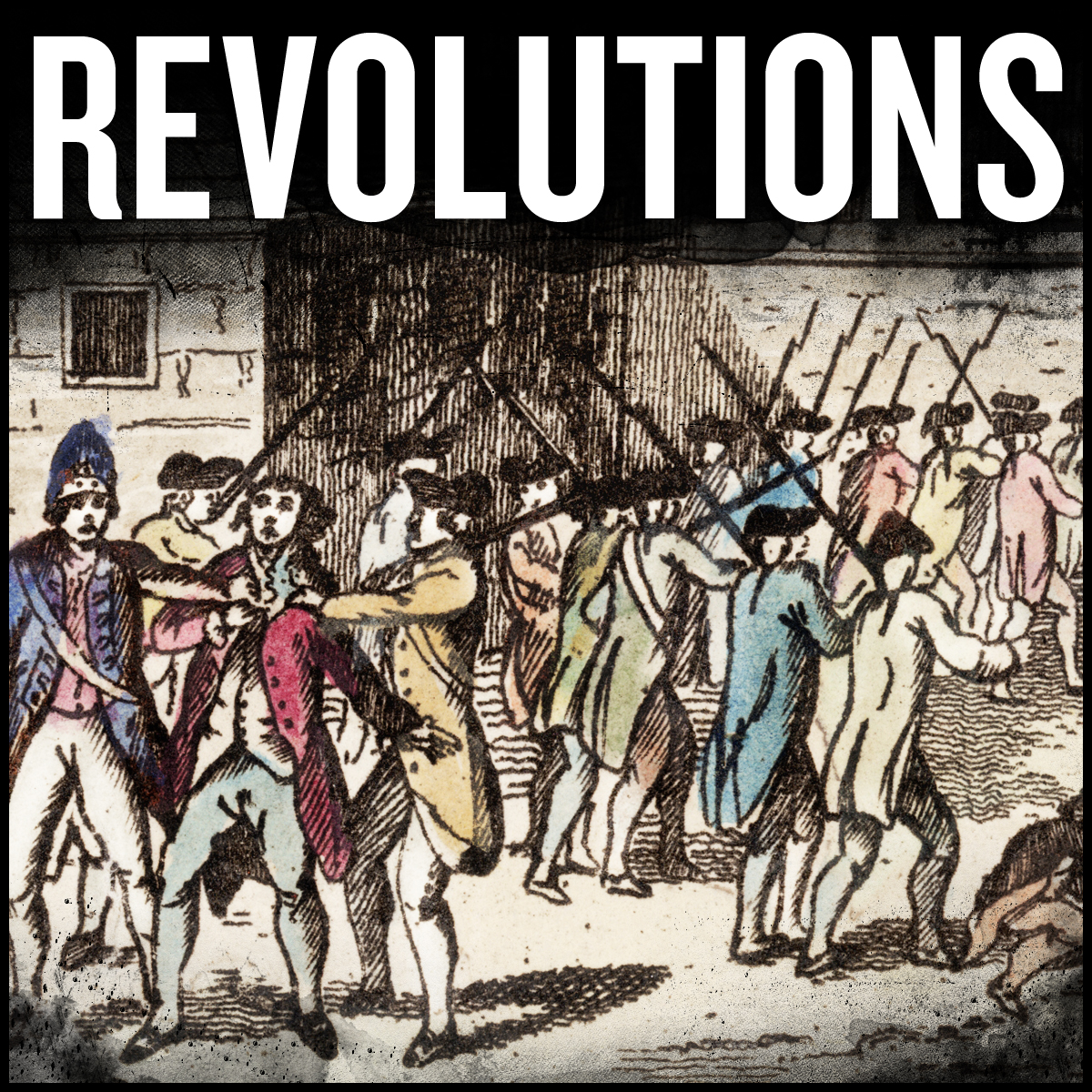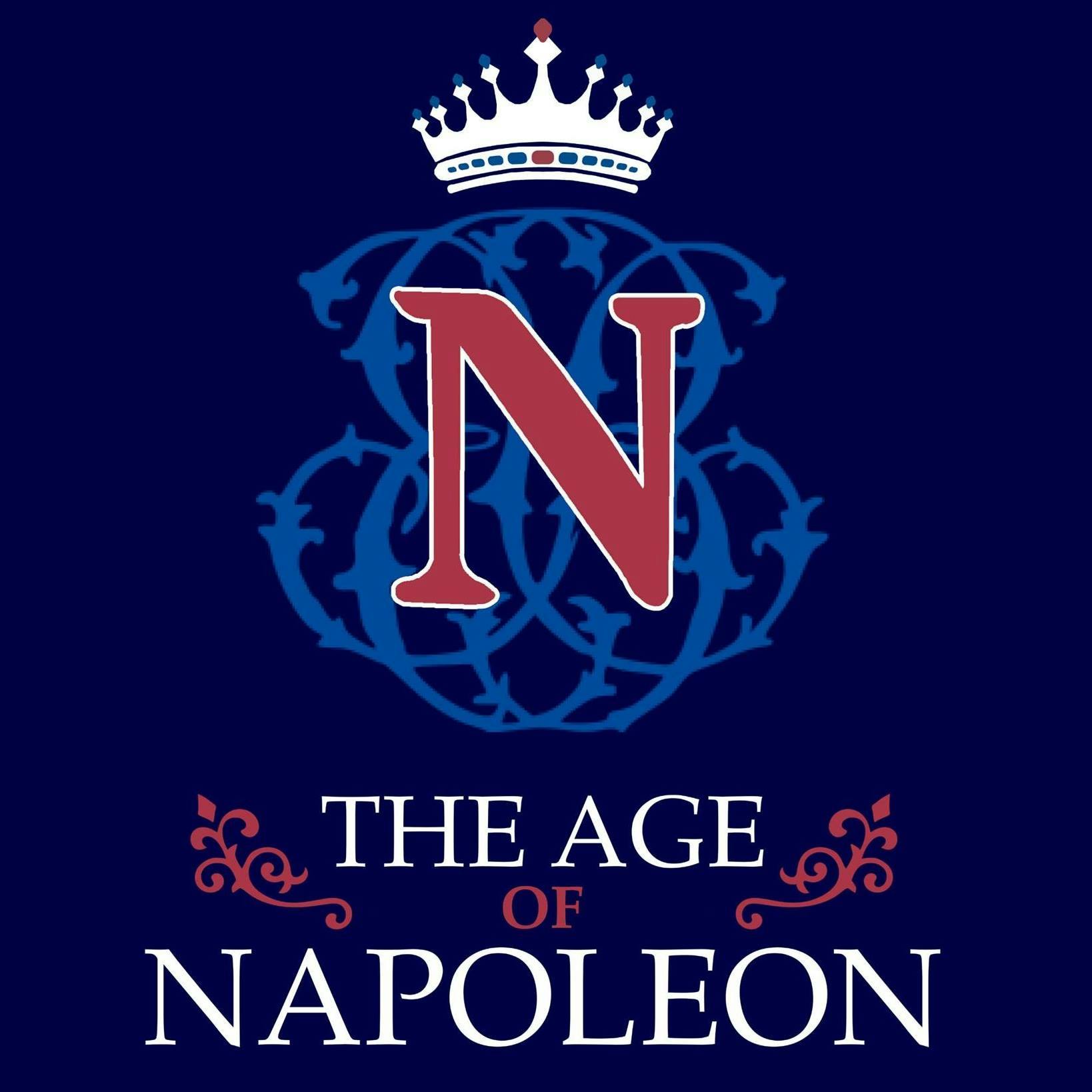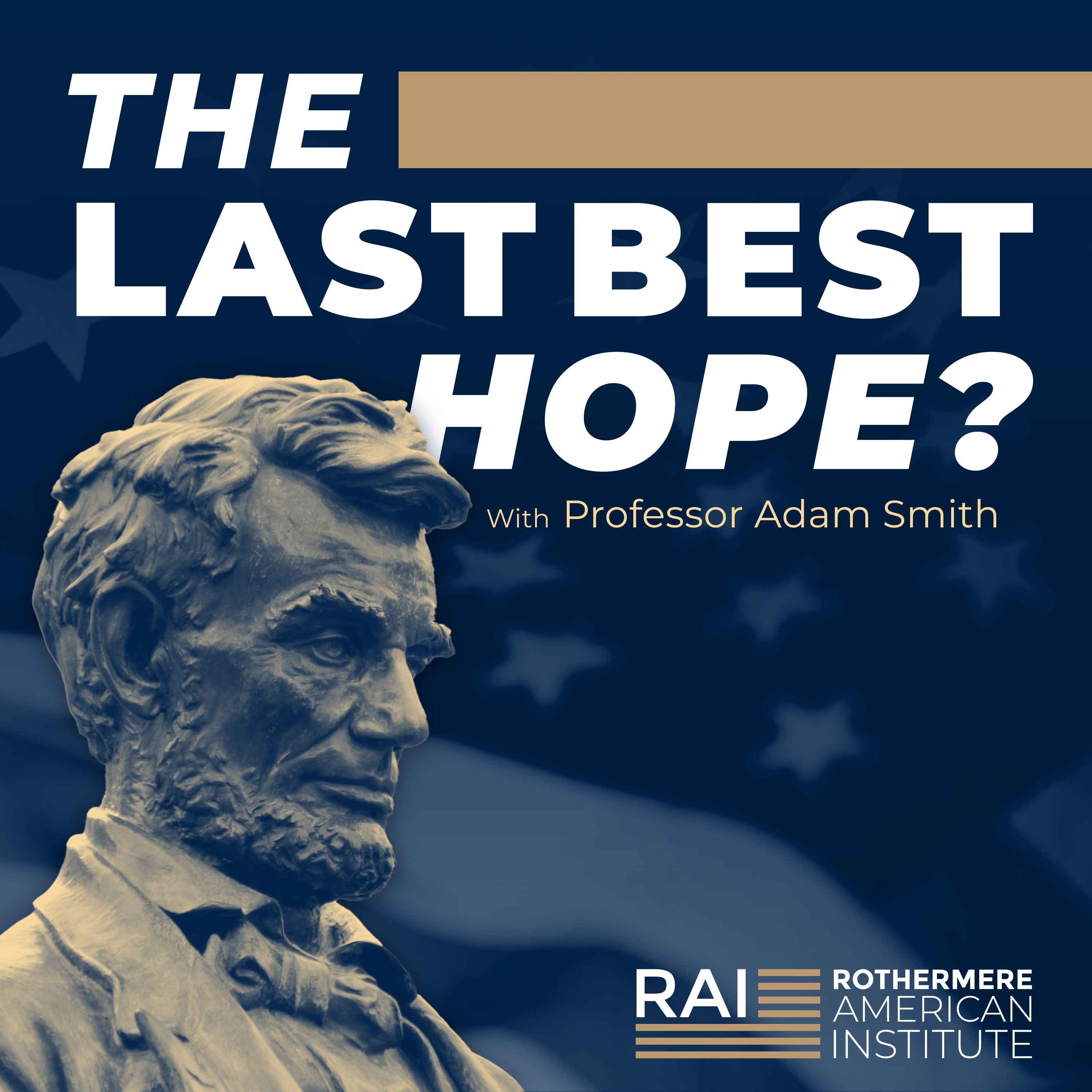
Blueprint of Nations
Welcome to 'Double Helix: Blueprint of Nations,' the podcast where we analyze and look at the events, people and actions that have shaped the nations of our world . From revolutions to treaties, conflicts to triumphs, we explore the historical blueprints that continue to influence the way nations think and act today.
Blueprint of Nations
The Golden Age of Piracy and Religion in the 16th and 17th Centuries
Step aboard our historical ship as we take you through the tempestuous seas of the Golden Age of Piracy and the theological storms of 16th-century Europe. Prepare to meet the shadowy figures who sailed under the banner of Queen Elizabeth I, privateers turned pirates, who laid the foundations for legends like the infamous Blackbeard and the audacious Anne Bonny and Mary Read. You'll traverse the fine line between lawful privateering and high-seas crime, discover the surprisingly democratic pirate codes, and witness the fall of these maritime marauders. As your hosts, we'll regale you with stories laced with both treachery and adventure, painting a vivid picture of these outlaws who continue to capture our collective imagination.
Navigate further into the choppy waters of religious conflict where Protestant and Catholic rivalries shaped nations, policies, and incited wars with consequences that rippled across the globe. The Protestant Reformation's profound impact on Europe's political and social fabric is examined through the eyes of figures who both revered and reviled it. From the shores of the New World to the courts of European monarchs, we'll unravel how faith became the crucible that forged much of European history, influencing the destinies of nations and the fates of individuals—stories that still resonate with us centuries later. Join us, not just for a history lesson, but for a deeper understanding of the currents that continue to shape our world.
Like, Share, and Follow, Wherever you get your podcasts!
Twitter: @HistoryHelix
Facebook: https://www.facebook.com/Doublehelixhistory
Instagram: History_Helix
Email: DoubleHelixHistorypodcast@gmail.com
Have feedback? Send us a Text and Interact with us!
Twitter: @HistoryHelix
BlueSky: @historyhelix.bsky.social
Facebook:https://www.facebook.com/Doublehelixhistory
Instagram: History_Helix
Email: DoubleHelixHistorypodcast@gmail.com
Welcome to Double Helix Blueprint of Nations, companion 10.1, the Golden Age of Piracy and Religion in the 16th Century. In this Double Helix Companion we explore a topic we said we would touch on during our episode the Golden Age on the reign and the prowess of Elizabeth I. One of the key features of her pragmatic foreign policy was to sponsor, aid and abet privateers, or, as most people know, them pirates, them pirates. Privateering was a way for Elizabeth to wage asymmetric warfare on the more powerful and wealthy Spanish empire without direct involvement. Her sponsorship of privateers was the first step in what would later come to be known as the Golden Age of Piracy.
Speaker 1:The Golden Age of Piracy emerged from the conditions following the conclusion of the European wars of the 16th and 17th centuries. Many sailors found themselves unemployed and, with naval expertise and little opportunity for lawful employment, piracy became an attractive option. Additionally, european powers were often at war and privateers or state-sanctioned pirates were employed to undermine enemy nations by attacking their merchant vessels. Queen Elizabeth I played a pivotal role, as we mentioned, in the precursor to the Golden Age of Piracy. During her reign, she sanctioned the use of privateers to weaken Spain's dominance over the New World's lucrative trade routes. To weaken Spain's dominance over the new world's lucrative trade routes. Famous privateers like Sir Francis Drake were knighted for their services to England, plundering Spanish ships and settlements in the Caribbean. These sea dogs were instrumental in establishing a foundation for piracy as they operated under the protection of the crown, blurring the lines between legal privateering and outright piracy.
Speaker 1:Some of the most famous pirates of the period are well known across popular culture, for instance, edward Teach, or Blackbeard. He is perhaps the most iconic pirate of all. Blackbeard's fearsome image and ruthless tactics left an indelible mark in pirate lore, operating mainly around the West Indies and the American colonies. His flagship, the Queen Anne's Revenge, became a symbol of terror. Then there's Anne Boney and Mary Read. These were two female pirates who broke societal norms and became infamous for their boldness and toughness in male-dominated worlds. Norms and became infamous for their boldness and toughness in male-dominated worlds. They sailed under Calico Jack and participated in numerous piratical exploits across the Caribbean. Then you also have Bartholomew Roberts, or Black Bart, known for his strict pirate code and his disdain for mistreatment of prisoners. Roberts capture and plunder over 400 ships, making him one of the most successful pirates of the era. Pirates needed safe harbors for resupplying and selling their loot.
Speaker 1:Nassau and the Bahamas became known as a pirate republic, where many pirates, including Blackbeard, would base themselves. It was also a place with weak governance where pirates could operate relatively free, and it played a critical role during the peak of piracy. Life at sea for pirates was tough, governed by a code of conduct that, surprisingly to some, was democratic in nature. Crews had a say in decisions and captains were often elected based on merit. The Jolly Roger flag became synonymous with pirate ships, signaling death and despair to those who spotted it. Pirates primarily targeted merchant ships, but occasionally attacked small towns along the coast.
Speaker 1:The decline of piracy was brought about by increased naval patrols and the end of the wars between the major European powers, which restored maritime trade routes and decreased the lawlessness of the seas. The golden age dwindled as many pirates were captured and executed and by the 1720s, piracy had become a much less sustainable lifestyle. The golden age of piracy is a period filled with adventurous tales and harsh realities. It was a time when outlaws ruled the seas and left behind stories that would inspire countless books, films and legends. Their impact on maritime history is undeniable and continues to captivate our imagination to this day. Another part that was discussed in the Golden Age episode on Elizabeth's reign was the impact that religion had not only on her reign but throughout the entire European landmass. Religion was the quintessential point of conflict during the 16th and 17th centuries in Europe. It was a period marked by a significant religious transformation that not only shaped the internal dynamics of nations, but also their foreign policies and conflicts. So let's dive into the tensions between Protestants and Catholic nations, examining how these religions' divides led to rivalry, war and far-reaching global consequences.
Speaker 1:The 16th century witnessed one of the most pivotal religious shifts in European history the Protestant Reformation. Initiated by figures like Martin Luther in 1517, who criticized the corruption and the practices within the Roman Catholic Church. The Reformation led to the establishment of Protestant churches. This religious movement fundamentally challenged the central religious and political authority of the Pope, leading to significant tensions not only within the Holy Roman Empire but across Europe. As Protestantism spread, many rulers adopted it as a means to consolidate their power and to assert independence from the papal authority. This realignment resulted in a patchwork of Protestant and Catholic states, particularly in the Holy Roman Empire, which comprised hundreds of semi-autonomous states. This divide was mirrored in the formation of alliances such as the Protestant Union and the Catholic League, which solidified the opposition between the two faiths, and the Catholic League, which solidified the opposition between the two faiths.
Speaker 1:The religious rifts eventually led to a series of conflicts. First we have the French Wars of Religion from 1562 to 1598. These wars were primarily between French Catholics and Huguenots or French Protestants, illustrating the deadly intersection of religious and political rivalry within France. The infamous St Bartholomew's Day Massacre of 1572, where thousands of Protestant French were killed, marked one of the darkest moments in these conflicts. Then, of course, is the Thirty Years' War fought from 1618 to 1648. Perhaps it was the epitome of religious conflict during this era. This war began as a battle among the Catholic and Protestant states within the Holy Roman Empire. It later evolved into a more general conflict involving much of Europe, including Spain, france, sweden and Denmark. This war was devastating, resulting in significant loss of life and economic hardship across the continent. In fact, it was the deadliest war fought on the European continent until the Napoleonic Wars.
Speaker 1:The religious turmoil in Europe has significant implications beyond its borders. Religious motivations were a significant driver for European exploration and colonization. For example, spain and Portugal, staunchly Catholic, spread their faith in the New World, africa and Asia. Similarly, protestant nations like England and the Netherlands established colonies influenced by their religious perspectives, often seeking to escape persecution in Europe. The wars and conflicts also disrupted traditional economic centers in Europe, leading to shifts in power. The decline of Spain as a dominant world power and the rise of England and the Netherlands can be partially attributed to these religious conflicts. The rise of England and the Netherlands can be partially attributed to these religious conflicts. Then there was the spread of European religion worldwide, which often led to cultural exchanges, but also conflicts and suppression of local religious practices, impacting indigenous cultures in profound and lasting ways. The 16th and 17th centuries set the stage for modern European state boundaries and religious demographics. The Peace of Westphalia in 1648, which ended the Thirty Years' War, laid the foundations for national sovereignty and the legal recognition of the coexistence of Protestant and Catholic states, shaping the principle of the modern nation-state. The religious dynamics of the 16th and 17th centuries were more than theological disputes. They were a catalyst for wars, alliances and shifts in global power. These events remind us of the powerful role religion played in shaping not just Europe but our entire world world.
Speaker 1:Thank you for joining us for another companion once again. This wraps up our companion episodes for season one of Double Helix Blueprint of Nations. Please join us for our last episode of season one, where we will have a lively conversation with a guest speaker where we will recap what happened in Season 1, some of the key themes and hopefully answer some questions. I will also preview the beginning of Season 2 and share with you guys what we will have ready for that season. It should be exciting. Please join us next time on Double Helix. We'll see you soon.




